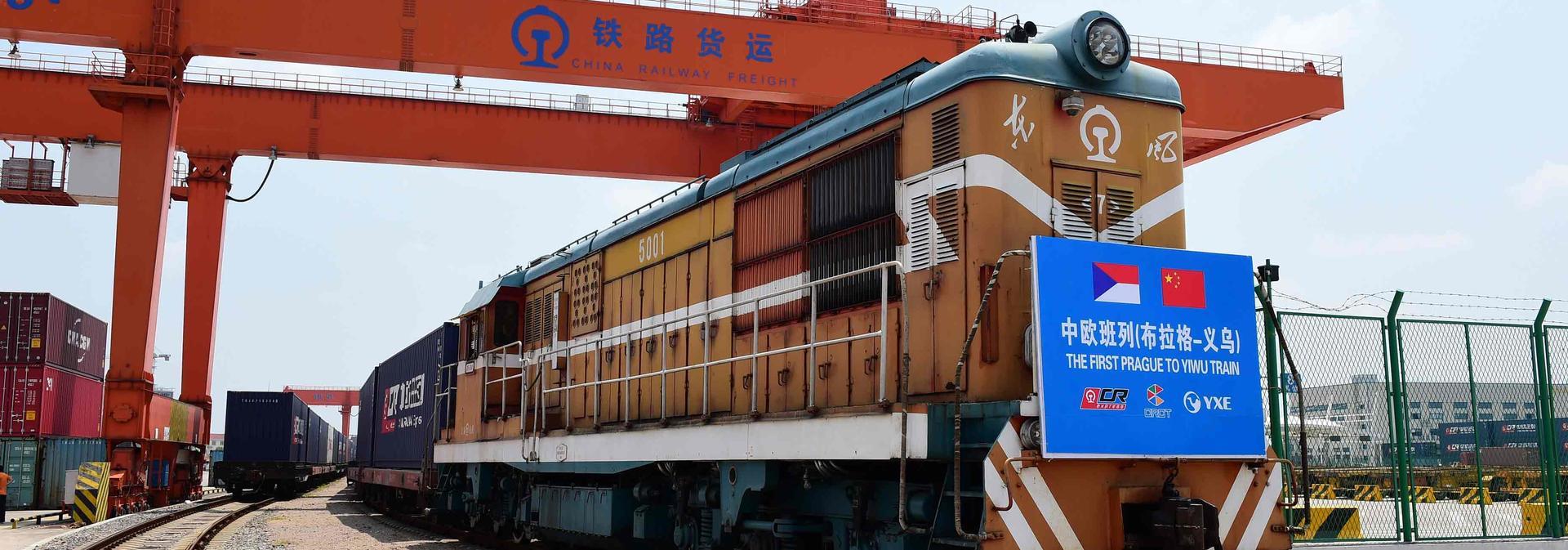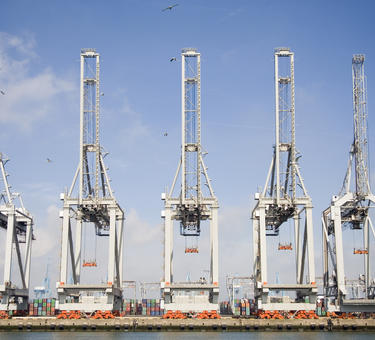More than 2000 years ago, the Silk Road linked eastern China with the Mediterranean in the ancient world’s longest and most storied overland trade route. Today, China is constructing the 21st century equivalent to ensure the efficient movement of goods between east and west. The Belt and Road Initiative (also called One Belt, One Road) isn’t a single project. Rather, it’s a comprehensive strategy to make the global supply chain more efficient. Robust maritime routes will connect China with Southeast Asia, India and the Middle East. Direct rail will link China and Russia to the Middle East and Western Europe.
The Belt and Road Initiative really took off in January 2017 when the first freight train arrived in London, covering 7,500 miles in 18 days from Yiwu in eastern China. Since then, more connections have been established, and the connections keep growing. In November 2017, a freight train service linking Milan with Chengdu, China, was launched. When a train leaves Italy's second-largest city, it’s scheduled to arrive in Chengdu 14 days and 10,694-kilometers later.

The projects that comprise the Belt and Road—railroads, roads, tunnels, terminals, ports, plus power plants and pipelines in more than 60 countries—have the potential to turbocharge the already robust trade between China and the European Union. Beyond facilitating trade, the Belt and Road will spur development and investment all along its route.
Prologis, the world’s largest owner and operator of industrial real estate with logistics facilities adjacent to key railway and shipping nodes in both Europe and China, will play a vital role in facilitating the flow of goods along the Belt and Road. In important logistics markets—as disparate as the Rhine-Ruhr area in Germany, the Midlands in the UK, and Wuhan and Xi’an in China—Prologis offers state-of-the-art logistics facilities with easy access to the Belt and Road infrastructure.
What is the importance of the Belt and Road for Europe? Rail transports goods far more cheaply than air and is twice as fast as shipping containers by sea. Prologis’ Henk Folmer, SVP Global Customer Solutions, is exploring opportunities: “At the moment the impact of Belt and Road on the global flow of goods is relatively small, but it has great potential if you have a closer look. Intra-European rail freight has a relatively small market share due to relatively short geographic distances between markets, but if the trade between east and west increase due to the popularity of Belt and Road, train freight will become much more interesting. And therefore logistics locations adjacent to Belt and Road railroad network are also becoming, from a strategic point of view, interesting.”
What is the relevancy of the Belt and Road for the Benelux region? Folmer says, “Most China to Europe rail services flow through Duisburg in Germany with onward connections to many European destinations. This includes the Benelux region, the gateway to Europe. Rotterdam, Tilburg or Venlo in the south of the Netherlands are typical locations that could benefit from Belt and Road traffic due to their close connection to the railroad network. In Venlo, Prologis has modern warehouse facilities located adjacent to railways, which, in time, could easily be connected to the Belt and Road network.”
Time will tell when we will see the full economic potential of the Eurasia land bridge for the Benelux. Until that moment, it is important to keep a close eye on this impressive infrastructure project.
